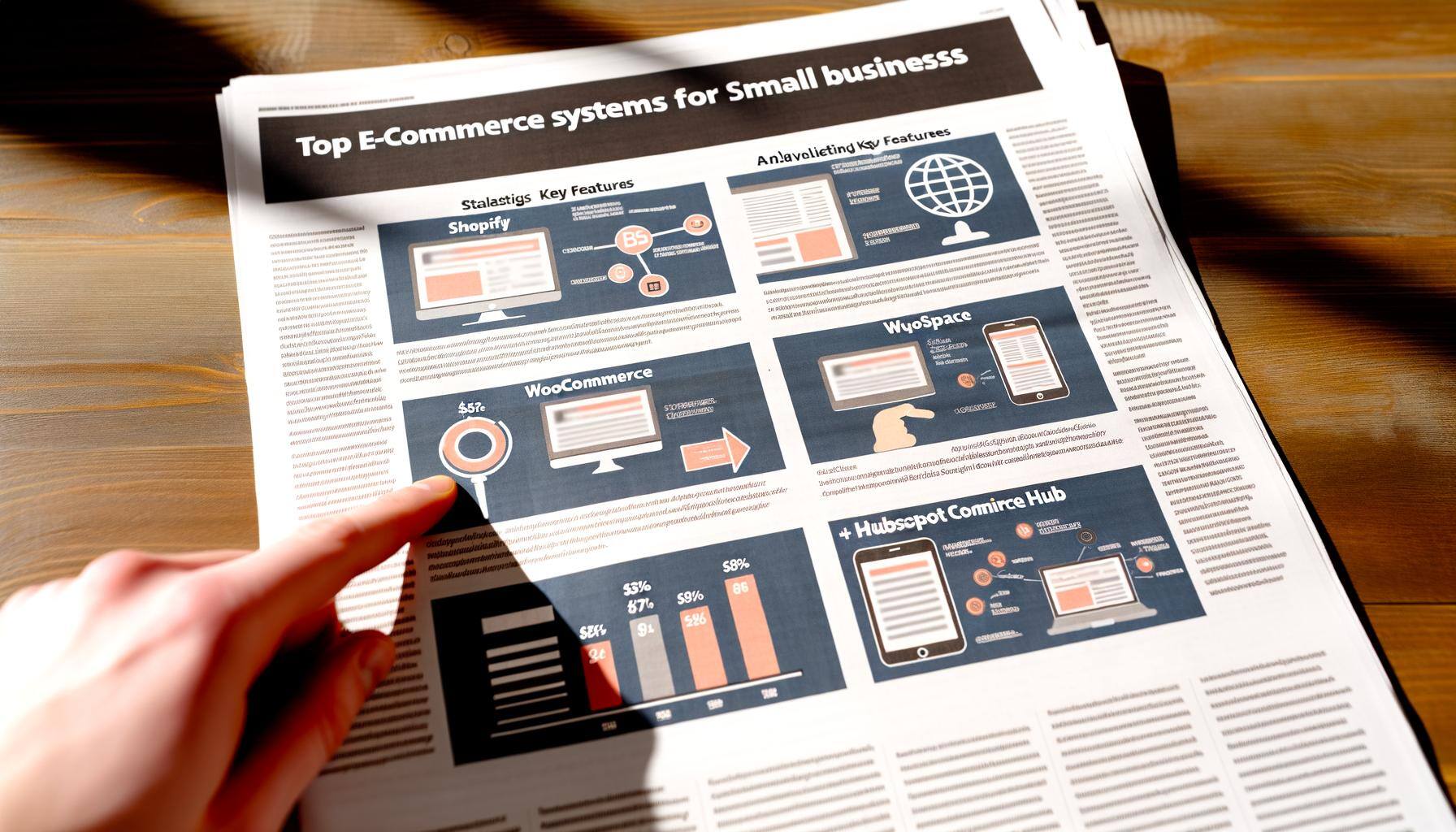Over the next two years, Australian companies will have to start measuring and reporting their carbon emissions in what will prove to be a major data and accounting challenge.
Australian regulatory bodies are implementing mandatory carbon emission reporting, and at the same time the International Sustainability Standards Board is developing the global standards Australia’s approach will be based on.
Initially only large companies will be mandated to report their emissions, but this will also have major knock-on effects for all businesses, including small and medium enterprises.
The key driving factor will be for large corporates to report their Scope 3 emissions – that is, the emissions originating from across their supply chain. This means large corporates and governments will need accurate and verifiable emissions data from their suppliers, including small to medium enterprises. This presents a significant change in the procurement decision process when choosing between different suppliers.
It also presents a major data challenge for companies.
Producing an auditable emissions report
Companies will need expertise to extract the relevant data from several dispersed IT systems – such as accounting, procurement and travel booking, as well as data on gas and electricity usage and waste removal. They will need to map out the organisational structure to the lowest reporting level, and its operations to identify emissions sources, then overlay all the data to calculate their emissions profile.
Data science plays a critical role. Application of artificial intelligence will be used to spot anomalies in the data and interrogate them to determine whether they are errors or outliers for another reason. In doing so, the company will have an auditable emissions report, which it can confidently present to customers and regulators in the knowledge that it can be signed off by an independent auditor.
There’s an important second dimension to applying data science to emissions numbers – building up a profile of future emissions.
Predictive analytics can accurately forecast an organisation’s future emissions profile in a similar way that it can predict future sales or future production, for instance.
It can take the current emissions profile and overlay any operational changes that are coming, such as whether the business is expanding or moving to a new location or any other likely events over the next five to 10 years. This effectively sets a baseline forecast of emissions as a starting point for a sustainability strategy.
Optimisation analytics can be used to identify efficiencies in energy and other activities to both save costs and reduce emissions. Environmental consultants can then use the data to help identify further carbon reduction initiatives and achievable and attestable carbon reduction targets.
Future statements must be verifiable
With the growing focus by Australian regulators on ‘greenwashing’, corporates will need to demonstrate that any public emissions targets are grounded in reality and come with an achievable plan to achieve them.
The looming requirement to report emissions should not be thought as a burden. For progressive companies that can show they have a realistic plan to reach net zero, this will be a differentiator – for their customers, for employees and for the broader community.



